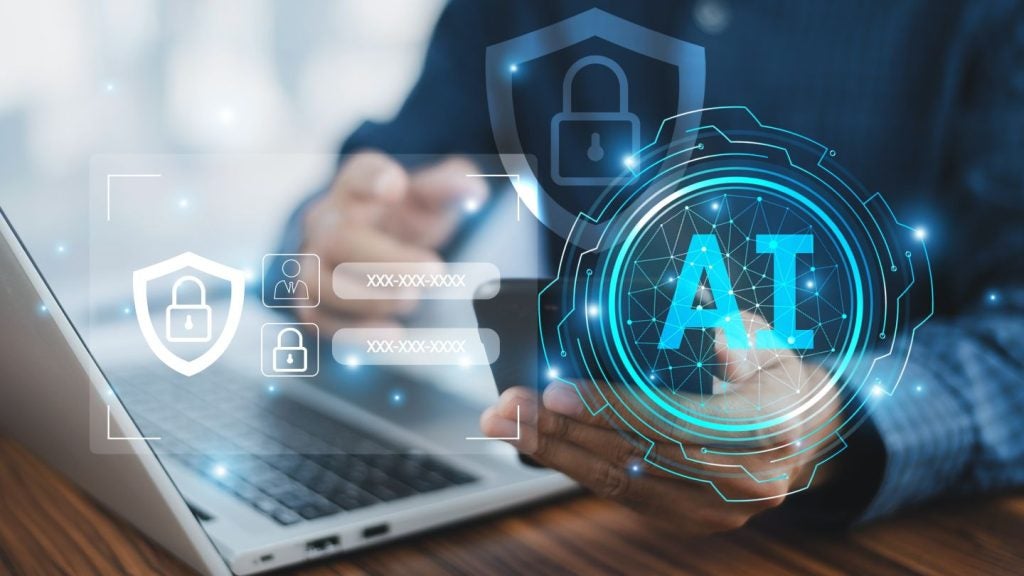
Until recently, most classrooms across the globe were unchanged by innovative technology. However, with children who have grown up with technology at their fingertips more tech-literate than ever, technology is beginning to infiltrate the classroom at an increasing rate. With interactive whiteboards to tablets now commonplace, education technology is now going one step further, incorporating virtual reality and artificial intelligence into how children learn.
Considering 85% of jobs that will exist in 2030 haven’t been invented yet, according to a 2017 report by Dell Technologies, it may be necessary to re-think how technology is harnessed to prepare pupils for the workplace of the future.
Here are four ways technology in education has been introduced to the classroom.
Virtual reality and immersive learning
Virtual reality (VR) has applications in almost every industry, and education is no exception. The technology is pushing the boundaries of what is possible in the classroom, by using immersive experiences to aid learning.
Programmes such as Tilt Brush can be used to create VR art, students can go on virtual field trips using Google Expeditions, and facilitate full immersion language learning through programmes such as Unimersiv.
Technology such as Google Cardboard is vastly less expensive than headsets such as Oculus Rift, making it an affordable teaching aid.
Other companies are working to make the technology more accessible, with Microsoft offering discounts on its HoloLens mixed reality headsets for schools.
This month, Google announced that its virtual reality platform, Google Daydream, was collaborating with remote virtual lab company Labster, to create 30 virtual laboratories that can be used by students to practice science experiments without having to set foot in a lab.
Adaptive learning software
With an increased focus on learning styles, schools are now aware of the fact that pupils learn in different ways. Gone are the days of every pupil reading from the same textbook; adaptive learning software allows what is being taught to be adjusted to suit different needs or ways of learning.
Software such as Dreambox can be adapted based on learning environment, learning objectives content, method and pace, giving a level of personalisation that cannot be achieved in a classroom of often up to thirty children.
Technology of this kind has been welcomed by the majority of teachers. According to The 2018 Teaching with Technology Survey, 44% of teachers surveyed said technology in education made their job easier, while 29% said it made their job much easier.
Gamification
Teachers have often used games as educational tools, especially with younger pupils, but technology now allows classroom activities to become personalised online games.
Online platforms such as PlayBrighter allows teachers to turn assignments into ‘missions’ for students to complete.
Artificial Intelligence
Although not designed to act as a replacement for human teachers, tutoring programmes based on artificial intelligence (AI) are already being used to teach students basic maths and spelling. AI can also be used to analyse students’ past work and performance to provide bespoke recommendations on what they should be taught.
AI is being used in a variety of unusual ways in the classroom, with one high school in Eastern China is using facial recognition system that monitors student engagement. Furthermore, AI can also be used to complete administrative tasks such as grading homework, leaving teachers with more time for interacting with students.
The use of AI in schools is only set to increase, with the Artificial Intelligence Market in the US Education Sector report predicting that artificial intelligence in US education will grow by 47.5% from 2017-2021.
However, despite reports of robots stealing jobs, technology in education is not designed to replace teachers. CEO of Silicon Schools Brian Greenberg told Business Insider that AI is most effective when used as a tool to enhance teaching:
“Technology is important, but it’s really just the means to an end. The real magic is in giving great educators freedom and license into how school works.”







